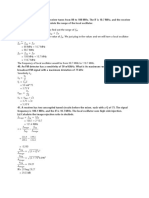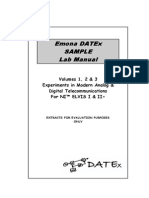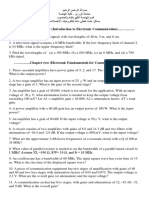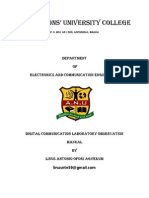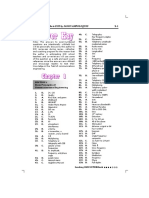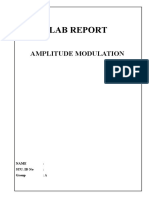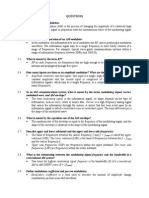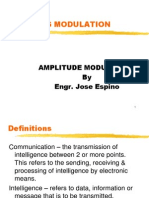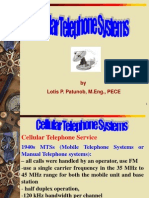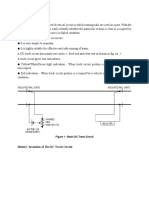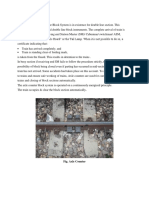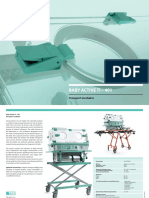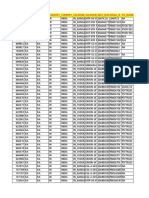0% found this document useful (0 votes)
670 views26 pagesSimulation of Some Communication Circuits in Multisim
The document discusses communication circuits and amplitude modulation. It defines communication circuits and their types, such as simplex and duplex. It then defines modulation as the process of varying a carrier wave's amplitude, frequency, or phase according to a modulating signal. The advantages of modulation are reducing antenna height, avoiding mixed signals, increasing communication range, allowing multiplexing, and improving reception quality. It also explains amplitude modulation in detail through mathematical expressions and Multisim circuit diagrams.
Uploaded by
Sourav MahatoCopyright
© © All Rights Reserved
We take content rights seriously. If you suspect this is your content, claim it here.
Available Formats
Download as DOCX, PDF, TXT or read online on Scribd
0% found this document useful (0 votes)
670 views26 pagesSimulation of Some Communication Circuits in Multisim
The document discusses communication circuits and amplitude modulation. It defines communication circuits and their types, such as simplex and duplex. It then defines modulation as the process of varying a carrier wave's amplitude, frequency, or phase according to a modulating signal. The advantages of modulation are reducing antenna height, avoiding mixed signals, increasing communication range, allowing multiplexing, and improving reception quality. It also explains amplitude modulation in detail through mathematical expressions and Multisim circuit diagrams.
Uploaded by
Sourav MahatoCopyright
© © All Rights Reserved
We take content rights seriously. If you suspect this is your content, claim it here.
Available Formats
Download as DOCX, PDF, TXT or read online on Scribd
/ 26

